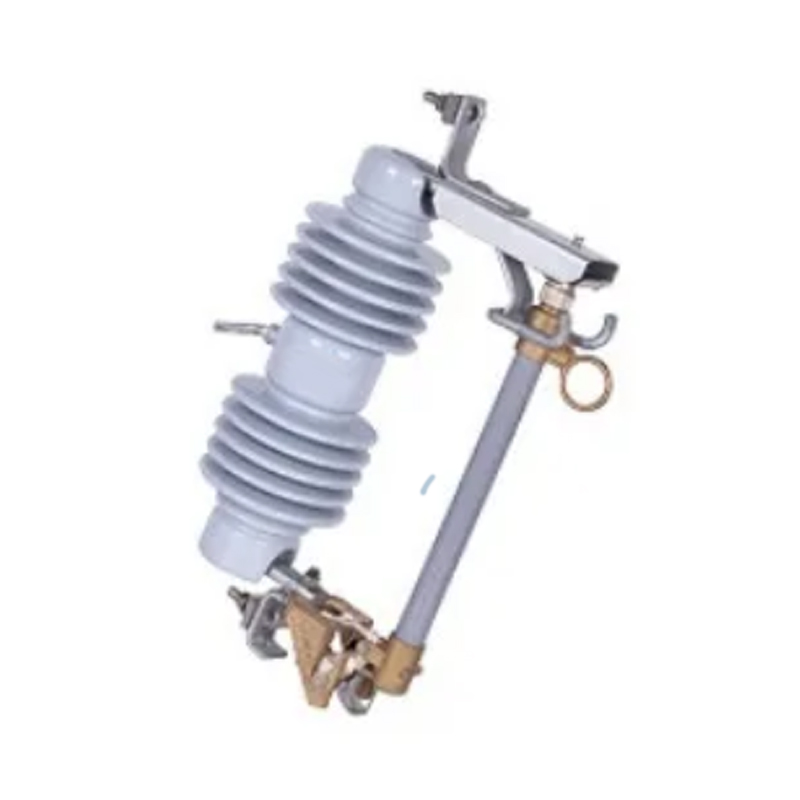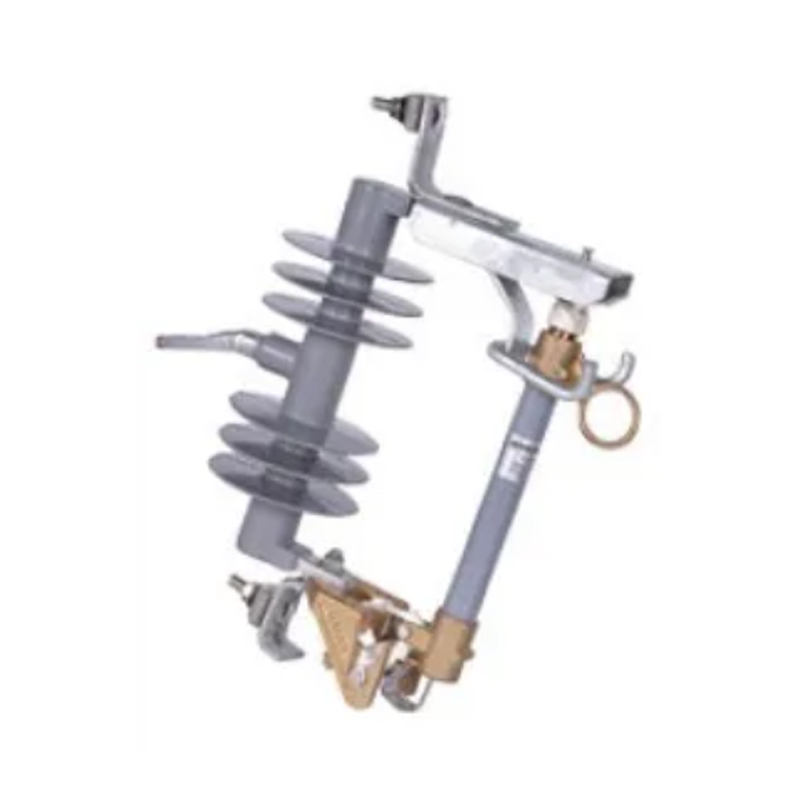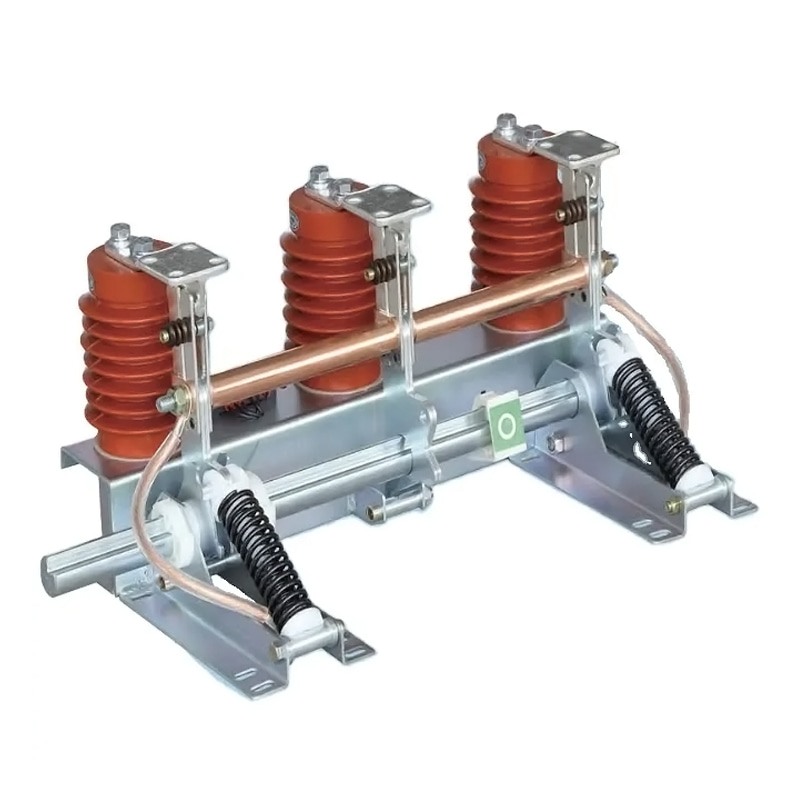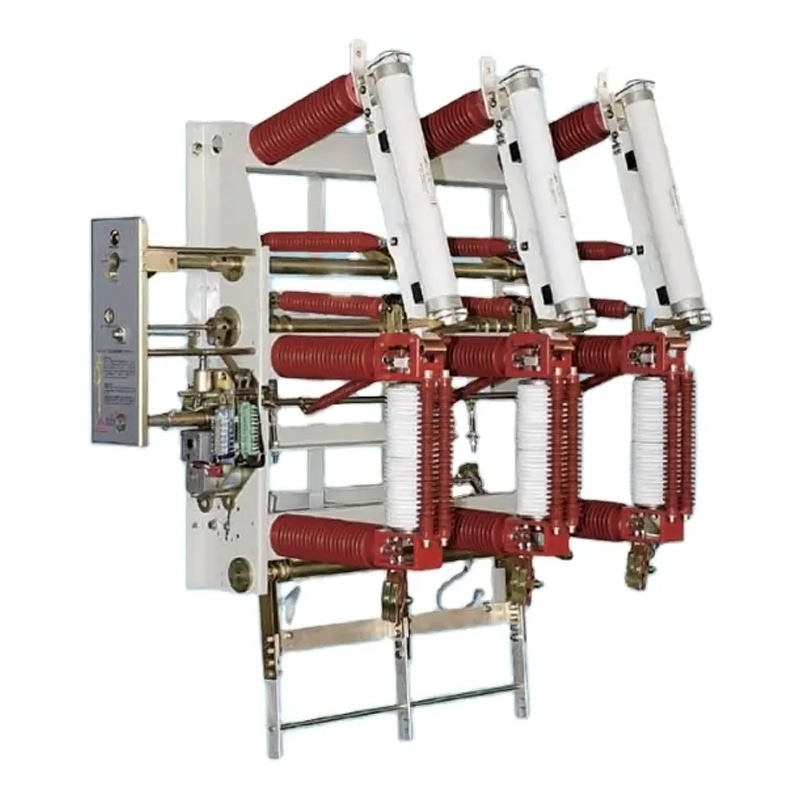Electrical systems, whether residential, commercial, or industrial, are susceptible to voltage surges that can cause significant damage to equipment and pose safety risks.
Surge arresters are essential components in electrical systems designed to protect equipment from voltage spikes. These devices are designed to divert excessive voltage away from sensitive equipment, thereby preventing damage and ensuring the continuity of operations. The use of surge arresters is crucial in maintaining the reliability and safety of electrical systems.
They function by diverting excess electrical energy safely to the ground, thereby preventing damage to transformers, circuit breakers, and other sensitive components. Typically composed of metal-oxide varistors (MOVs), surge arresters offer high energy absorption and fast response times. They are essential for maintaining the reliability and longevity of electrical infrastructure in both industrial and residential applications, ensuring continuous and safe operation by mitigating the effects of voltage spikes.
Coaxial cables are widely used for transmitting high-frequency signals in various applications, including telecommunications and broadcasting. Coax Surge Arresters are specifically designed to protect these cables from voltage surges. They are installed at strategic points along the cable run to ensure that any surge is safely diverted before it reaches sensitive equipment. The effectiveness of Coax Surge Arresters lies in their ability to respond rapidly to voltage changes and provide a low-impedance path for the surge to follow.
In single-phase electrical systems, which are common in residential and small commercial applications, Single Phase Surge Arresters are used to protect against voltage spikes. These arresters are designed to handle the specific characteristics of single-phase power, ensuring that the surge protection is tailored to the system's needs. They are typically installed at the point of entry to the building or at the service panel to provide the first line of defense against incoming surges.
Higher voltage systems, such as those operating at 10KV, require specialized surge arresters to handle the increased energy levels associated with these systems. 10KV Surge Arresters are engineered to withstand higher voltage levels and provide robust protection for industrial and large-scale commercial applications. These arresters are typically installed at critical points within the electrical infrastructure, such as substations and transformer banks, to safeguard against the potentially catastrophic effects of voltage surges.
The selection of the appropriate surge arrester depends on several factors, including the voltage level of the system, the type of equipment being protected, and the specific application requirements. Engineers must consider these factors when designing electrical systems to ensure that the chosen surge arresters provide the necessary level of protection.
Regular maintenance and testing are essential to ensure that surge arresters continue to provide effective protection. This includes visual inspections for signs of damage, as well as periodic testing to verify that the arresters are functioning correctly. Failure to maintain and test surge arresters can result in reduced protection and an increased risk of equipment damage.
Surge arresters, including Coax Surge Arresters, Single Phase Surge Arresters, and 10KV Surge Arresters, are vital components in the protection of electrical systems. They safeguard equipment from voltage surges, ensuring the reliability and safety of operations. The proper selection, installation, maintenance, and testing of these devices are crucial to their effectiveness.



 English
English русский
русский عربى
عربى










